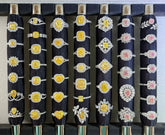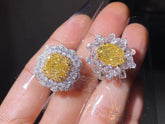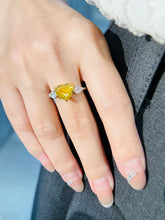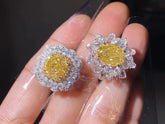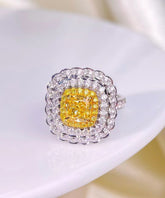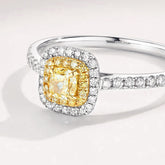Is it really worth it to cultivate lab-grown diamonds?
The Timeless Appeal of Diamonds

Since diamonds have been mined and processed into luxury items, they have always been a symbol of rarity, beauty, love, and expense. With the continuous improvement of cultured diamond technology, people are more inclined towards affordable prices and cultivated diamonds that are almost indistinguishable to the naked eye.
Are Cultivated Diamonds Worth It?
Firstly, it's important to clarify: lab-grown diamonds are also real diamonds. A simpler way to understand it is that lab-grown diamonds are like ice made in a refrigerator, while natural diamonds are ice formed naturally. Both lab-grown and natural diamonds are crystals composed of carbon. Natural diamonds undergo millions of years of geological transformations before being mined by humans, whereas lab-grown diamonds can form within a week or two in a lab environment.
How Are Lab-Grown Diamonds Made?
The Difference in Formation
Natural diamonds are created through geological processes over millions of years, while lab-grown diamonds are created in a controlled environment, simulating the same conditions in a matter of weeks. The image below shows raw diamonds: CVD synthetic diamond (left), HPHT synthetic diamond (middle), and natural diamond crystal (right). The CVD diamond is coated with carbon buildup from the manufacturing process.
Physical, Chemical, and Optical Properties

Lab-grown and natural diamonds have the same physical, chemical, and optical properties. This means that lab-grown diamonds have the same brightness, luster, fire, and sparkle as natural diamonds. When we refer to 'fake diamonds,' we usually mean cubic zirconia (zirconium dioxide) or moissanite (silicon carbide), which differ in composition and appearance.
The 4Cs of Diamonds: Lab-Grown vs. Natural
For both natural and lab-grown diamonds, the 4Cs (Carat, Clarity, Color, Cut) are used to measure quality. Lab-grown diamonds can meet these standards completely, and they are indistinguishable from natural diamonds to the naked eye. Even specialized instruments may find it difficult to detect the differences between them.
The Price Advantage of Lab-Grown Diamonds

The greatest advantage of lab-grown diamonds compared to natural diamonds is their price. With the same budget, you can acquire a larger and more dazzling lab-grown diamond. Currently, lab-grown diamonds are priced at approximately one-third of the cost of natural diamonds. For example, while a one-carat natural diamond may cost around 50,000 units of currency, a lab-grown diamond of similar size and quality might cost just over 10,000 units. This makes them a more affordable option for those wanting a larger diamond.
Conclusion: Are Lab-Grown Diamonds Right for You?
Lab-grown diamonds offer an affordable alternative to natural diamonds, without compromising on quality or beauty. They provide a great option for those looking to own a larger, high-quality diamond at a fraction of the cost. If budget and size are a priority, lab-grown diamonds are definitely worth considering.
———— / END / ————
